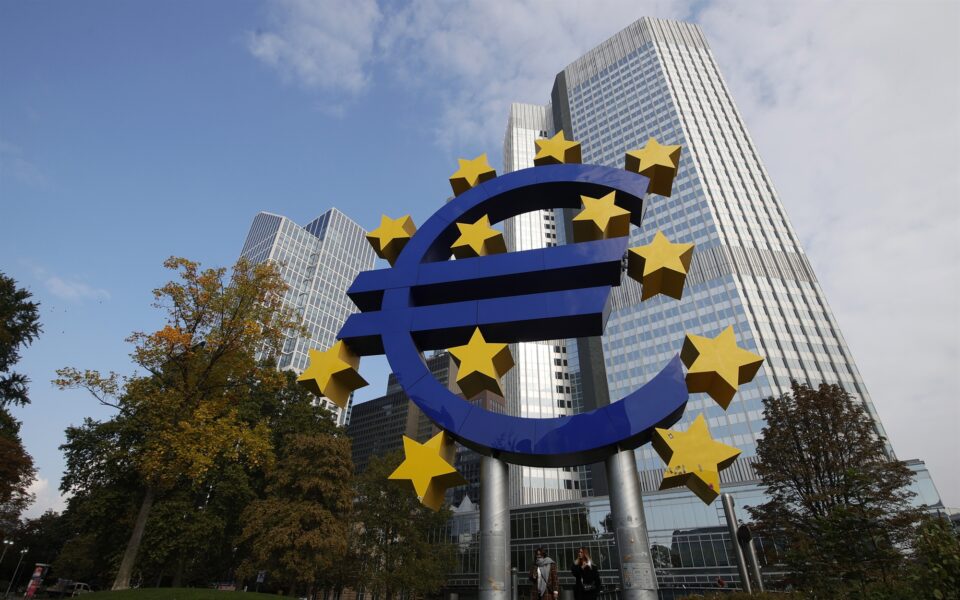The interest rate cycle

Each phase of the interest rate cycle has its own side effects and causes its own turbulence. Today we have entered a sharp upward phase. What does this entail?
Until recently, a company with a high rating could borrow at an interest rate equal to the Euro Interbank Offered Rate (Euribor – the rate at which banks lend to each other), which in practice was zero, increased by 3-3.5 percentage points (the extra is what banks charge customers according to their creditworthiness). Now that the Euribor is hovering around 2.5 percentage points, the company’s borrowing costs have jumped to 5.5-6%.
A company, for example, that had 20 million euros in loans, with an annual interest rate of 3.5%, paid 700,000 euros in interest. Now, for the same loans, with an interest rate of 6%, it has to pay €1.2 million in interest.
There is also the other side of the coin. The increase in interest rates is generalized, but not so generalized as to apply to all banking products. In our case, the increase applies to the loans given by the banks, but – as usual – it does not apply to bank deposits.
So, if the company in question has a few million euros in deposits, this will not bring any profit. If, however, it deposits these funds in, say, a private bank in London or Luxembourg, it can earn a return of 0.60% in a month and more than 2% with a fixed-term deposit of one year. If this continues in Greece, that is if the banks continue to keep all the profits from rising interest rates and give nothing (or little) to depositors, the risk of a deposits exodus is real.
In addition to businesses, the sharp rise in interest rates also causes major to insurmountable problems for thousands of households, especially weaker ones that were already burdened by a recent mortgage with an Euribor or ECB interest rate, before the energy crisis.
As a general rule, in the first half of a mortgage’s term the debtor primarily repays interest payments, and in the second half they primarily repay the principal capital. In the case of a 25-year mortgage, those who took it out before 2005 will not be affected by the new burden, but new borrowers will suffer to a lesser or greater extent.
This will be an additional problem to what is already plaguing wider sections of society, while the most vulnerable Greek households are at risk of being crushed. The statistics are revealing: Greece is among the four European countries in which the population at risk of poverty has increased and income inequalities are growing.
To sum up:
(a) Due to the sharp upward phase of the interest rate cycle, there is a risk on the horizon of major problems for businesses and households and a possible increase in bad loans – something that has so far appeared to be a pressing but nevertheless manageable problem.
(b) The capabilities of state support are uncertain, because in the last two years the government distributed an incredible, unthinkable amount of almost 57 billion euros, in a relaxed, clientelistic way, without strict criteria taking into account justice and economic growth. Thus, in the second round of state aid (when Berlin, for example, has decided to throw 200 billion euros into the economy to support households and, above all, German businesses), Athens is in a position of weakness.
(c) And the banks? Because of their windfall income from rising interest rates, they are able to hedge by taking additional provisions against new risks. The issue is what they will do for society and the country’s economy.





